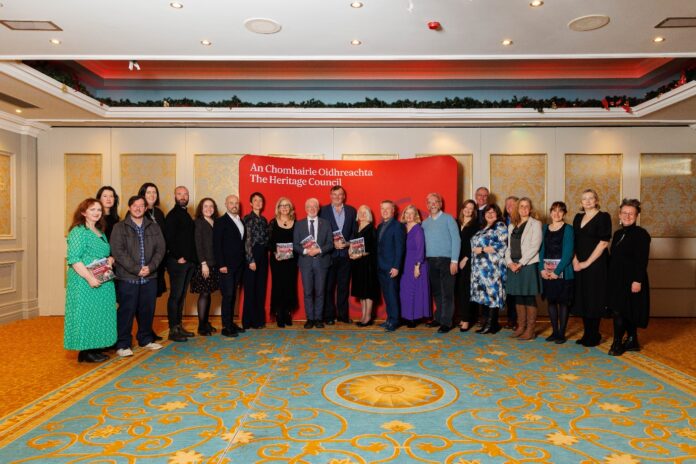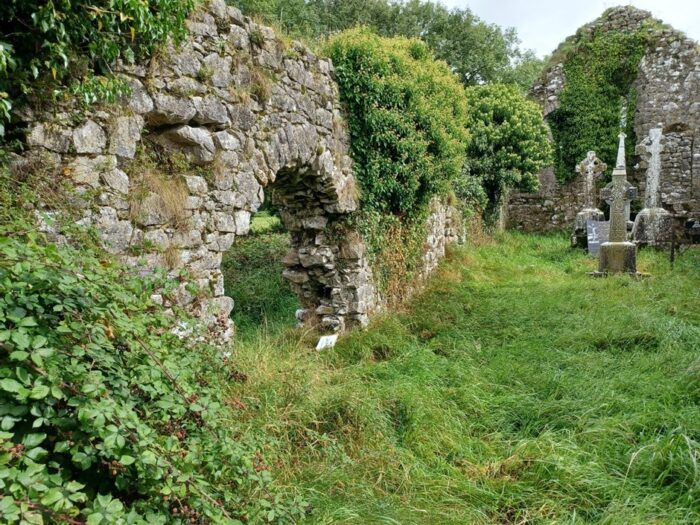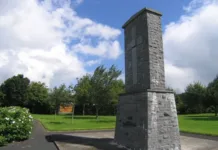
A LIMERICK heritage project is to feature in a booklet by the Heritage Council that aims to highlight the work done by Ireland’s network of heritage officers.
The booklet, ‘Opening the door to Ireland’s heritage‘, features stories from heritage officers all over Ireland, highlighting impressive and noteworthy local heritage projects.
The publication includes of Limerick’s ‘Community Monument Fund’, which supports the conservation, maintenance, protection, and promotion of local monuments and historic sites.
Throughout the county, there are more than 8,000 monuments with more sites added to the list each year, and these archaeological monuments and landscapes require great care. Together with the county archaeologist Sarah McCutcheon, Limerick’s Heritage Officer Tom O’Neill looks at each monument from a wildlife point of view and issues wildlife conservation recommendations.
Tom’s recommendations subsequently inform the nature of the mitigation works needed to conserve the archaeological structures, the area overseen by Sarah. Work programmes are drawn up that enable the conservation of these structures, whilst allowing for the protection of the wildlife that inhabits them.

In partnership with the Heritage Council and local authorities, the first heritage officers were appointed in Kerry, Sligo, and Galway in 1999, with the aim of raising awareness of heritage issues within the local authority and among local communities.
Since then, the Heritage Officer Network has become synonymous with the protection and promotion of Ireland’s heritage and, for the first time in 2021, every local authority in the country had appointed somebody to the role.
While highlighting the important work they do, the stories in the publication also offer a stark insight into what may have been lost were it not for the work of heritage officers – for example, Mangan’s Clock in the heart of Cork City may have fallen into disrepair. The most historic buildings in Ballyshannon or Listowel may have been left derelict and allowed to crumble. The natural beach and dune habitats along the coast of Wicklow may have become irrevocably degraded and the craftsmanship of dry-stone walling on Inis Oirr may have receded.
Limerick’s heritage officer, Tom O’Neill, said that “it is deeply satisfying to see documented in this publication the influence of the Heritage Officer Network in shaping our approach to heritage conservation and protection”.
“Although we work as individuals at local authority level, what is clear from these pages is that the real strength of the network is in the collective,” he said.
“These stories cover only a snapshot of recently completed projects from current heritage officers, so when we factor in the hundreds of past projects completed since 1999, it brings into the focus the enormous impact that the Local Authority Heritage Officer Programme has had,” Mr O’Neill concluded.
‘Opening the door to Ireland’s heritage‘ can be read in full on the Heritage Council’s website.










